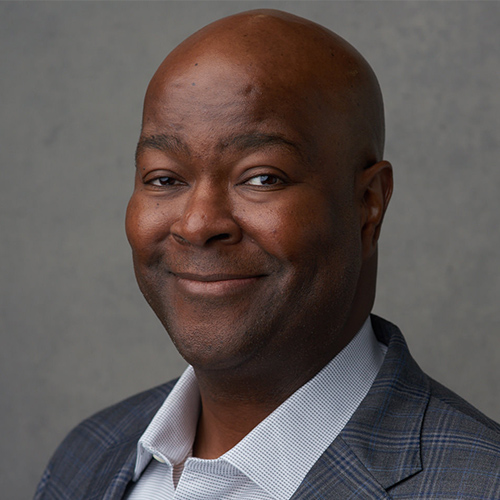4 minutes
A four-course curriculum for continued success in including more mindsets in your decision-making
2022 opened with some good news about leadership diversity.
On Jan. 3, the New York Times reported that directors who are Black, Asian, Hispanic, Middle Eastern or from another nonwhite ethnic group now occupy 4,500 board seats among companies in the Russell 3000 stock index, 25% more than they did at the end of 2020 and nearly 50% more than at the end of 2019.
On Jan. 14, The Journal of Accountancy reported that the number of women who are CFOs and CEOs at large U.S. companies is at an all-time high, according to data from executive recruiting firm Crist|Kolder Associates.
So why do I think this is such good news?
Ethics expert, best-selling author, speaker, consultant, professor and former CEO, Margaret Heffernan, Ph.D., answered this question for boards in a presentation last fall. Diversity at the top is good news, she said, because board members need a certain amount of dissension among them so that they can better see the consequences of potential decisions.
“Ethical decision-making means we need different points of view,” she said. “Those perspectives of the few are easier to see if those people are in the room. We want people looking at our decisions from different vantage points to make sure that we have considered things from all perspectives.”
And what is the value of having female leaders in top financial roles? According to Fortune, “from increasing productivity and enhancing collaboration to inspiring organizational dedication and decreasing employee burnout, the benefits of having women in the workplace are well-documented. On top of that, closing the gender gap can increase GDP by an average of 35%.
So, leadership diversity gains are something to celebrate. How should we do so?
Let’s keep learning.
Here’s a course curriculum for continuing to grow your knowledge about how to boost—and sustain—diversity of thought among your leaders.
Course 1: Succession Development
The industry has been talking even more about “succession planning” since the National Credit Union Administration approved its proposed rule that every federally insured credit union have a succession plan for key leaders on the board and staff. NCUA even went so far as to propose that directors be required to have knowledge about the plan. At CUES, we support this and take our thinking about succession planning one step further—to “succession development.” This means not only thinking broadly about who could step into a particular role when needed but also laying out the talent development that person might need to support their success in that role.
Course 2: Talent Acquisition
I want to call attention to the fact that I didn’t call the second course in our leadership diversity development curriculum “recruiting and onboarding” but rather “talent acquisition.” Recruiting sometimes means simply filling an open position. In contrast, talent acquisition is richer and looks at the full spectrum of the process: defining talent gaps on the board or in the organization, developing the most diverse candidate pool possible, offering the best candidate experience possible, crafting a good offer and, finally, laying out an individual development plan (like this sample one you can download for the new employee over time.
Course 3: Meeting Management
You may succeed at bringing more diverse talent onto your board or into your C-suite. But do people who bring a unique perspective feel welcome there? Are you actively including them? Do they feel safe sharing their thoughts? Managing meetings appropriately is a very practical step to take toward inclusion of diverse thinking. Make sure the people leading your teams—whether that’s the board chair or the CEO—know how to draw out the people you’ve worked so hard to acquire.
Course 4: Diversity, Equity and Inclusion
I have written a whole column about how responding to racism is a journey. Overcoming our unconscious biases and learning how to include people who are different from us and their ideas takes time, focus and energy. And learning takes repetition. So even if you’ve “studied” DEI before, I encourage you to make learning more about DEI a part of your leadership learning curriculum every year.
CUES is on this journey too. We also benefit from diversity of thought and are working hard to develop and sustain it. I’d love to talk with you about your diversity gains and how you are promoting inclusion in your organization.
Since joining CUES in March 2013, John Pembroke has played a leadership role in developing and launching a new direction in CUES’ strategy, branding and culture. Under his guidance, CUES has revamped its membership structure and launched new institutes. Additionally, CUES has expanded its market further into Canada and the Caribbean. Pembroke’s experience includes 25 years in financial services, marketing and e-commerce. He also has served as chief marketing officer at PSCU Financial Services, St. Petersburg, Florida. Pembroke holds a B.S. in Economics from the Wharton School of Business of the University of Pennsylvania and an MBA in Marketing and Policy Studies from the Booth School of Business of the University of Chicago.










